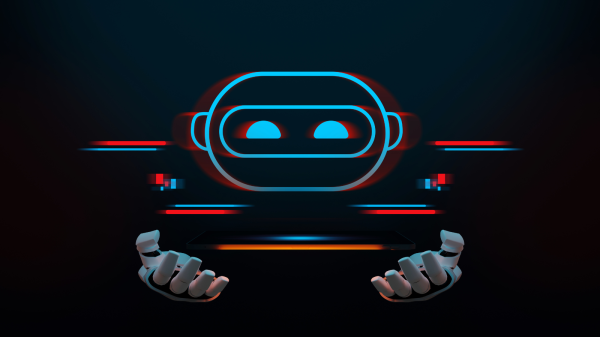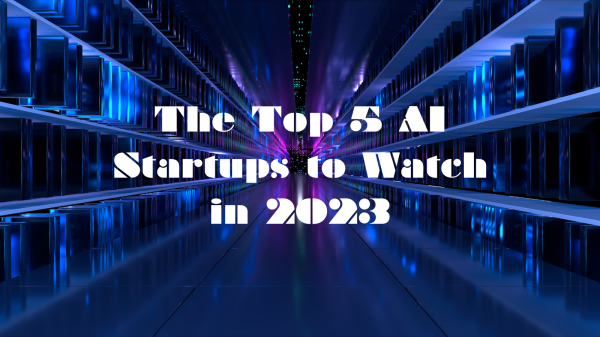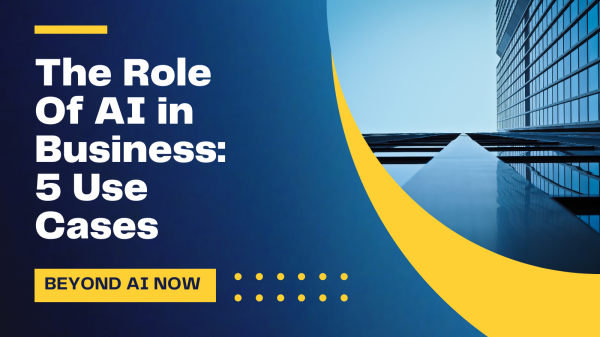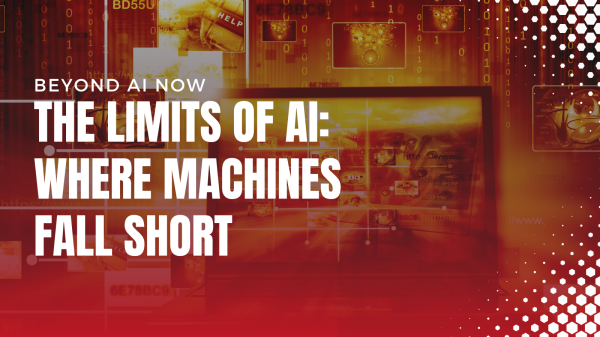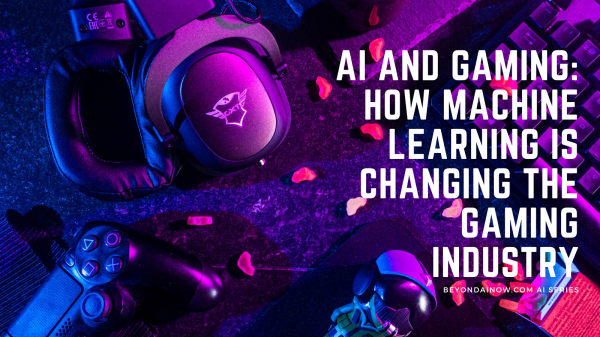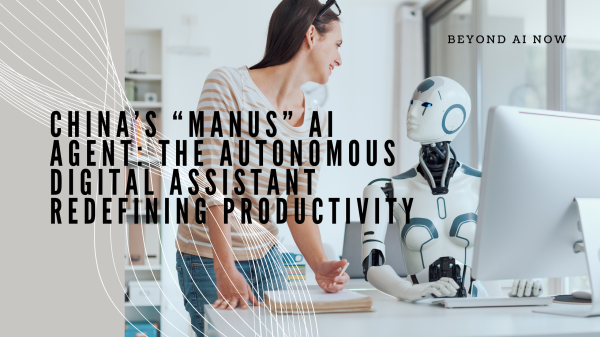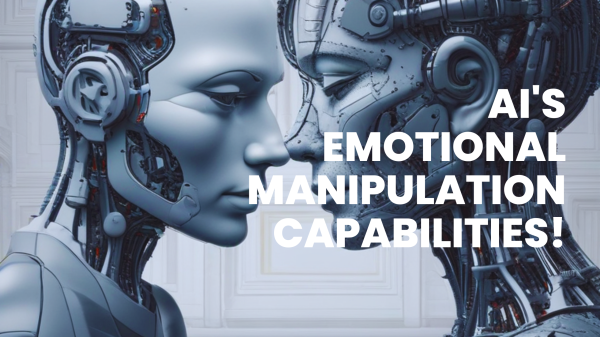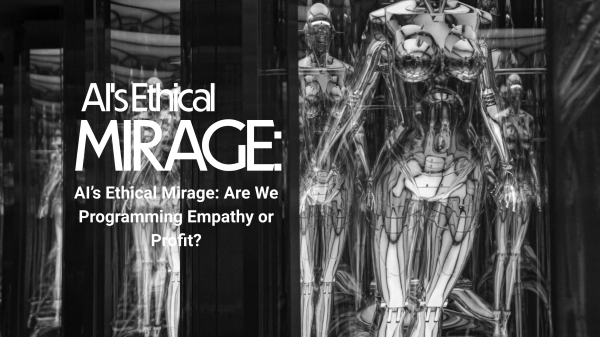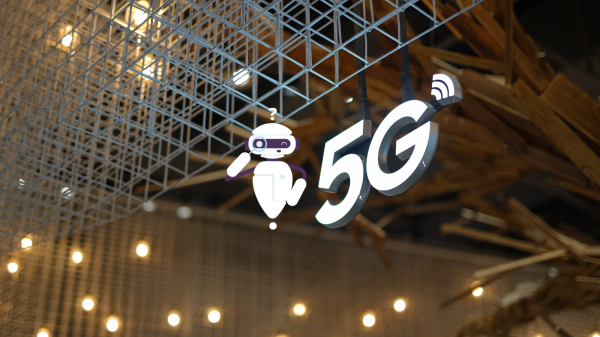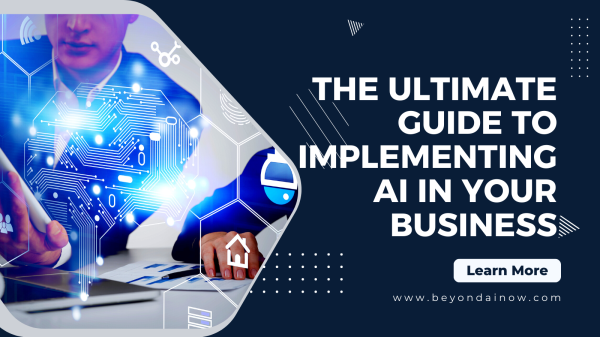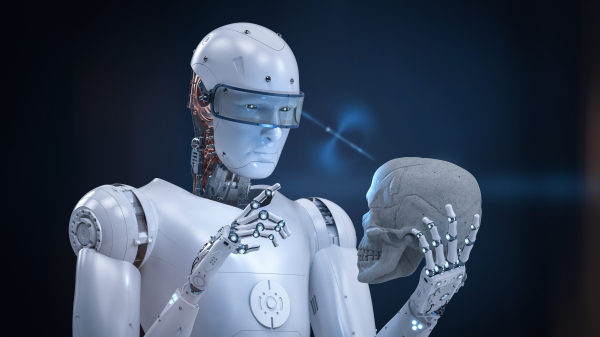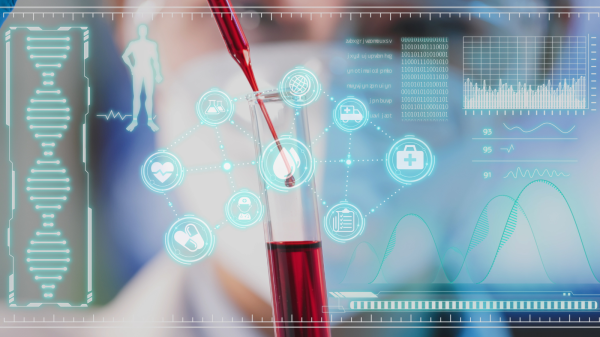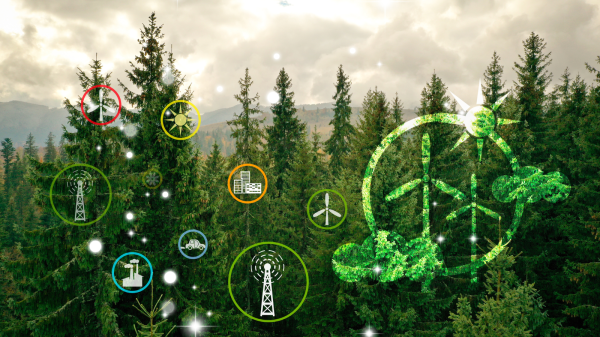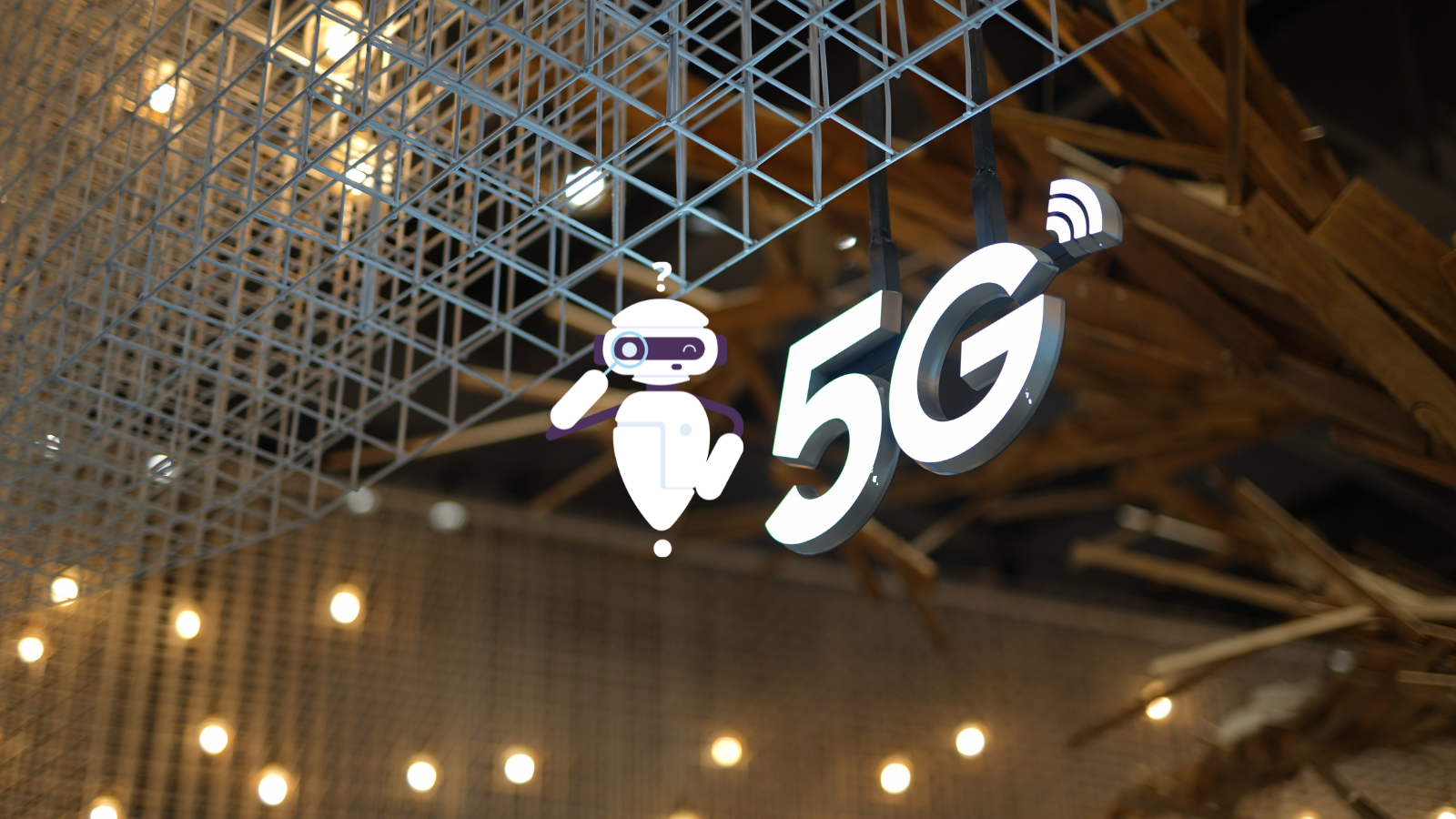The intersection of AI and 5G is a groundbreaking development that holds immense potential for accelerating connectivity and innovation. Combining the power of artificial intelligence with the lightning-fast speed and ultra-low latency of 5G networks opens up a world of possibilities across various industries.
One of the key advantages of this convergence is the ability to process vast amounts of data in real-time. With 5G’s high-speed connectivity, AI systems can seamlessly collect, analyze, and respond to data at unprecedented speeds. This enables businesses to make faster and more informed decisions, leading to increased efficiency, productivity, and ultimately, innovation.
Moreover, the low latency provided by 5G networks allows AI applications to operate with minimal delay. This is particularly crucial for time-sensitive tasks such as autonomous vehicles, remote surgery, or industrial automation. By leveraging the power of AI and 5G, these applications can function in real-time, enhancing safety, precision, and overall performance.
Another exciting aspect is the potential for AI-driven automation in various sectors. With the help of 5G’s seamless connectivity, AI-powered robots and machines can communicate and collaborate more efficiently. This paves the way for advanced manufacturing processes, smart city initiatives, and even remote working capabilities.
Furthermore, the combination of AI and 5G has the potential to revolutionize personalized experiences. By harnessing AI algorithms and real-time data processing capabilities offered by 5G networks, companies can deliver highly tailored products and services to individual consumers. This not only enhances customer satisfaction but also drives customer loyalty through personalized recommendations and experiences.
However, it’s important to acknowledge the challenges that come with this intersection. As the reliance on AI and 5G grows, concerns related to privacy, security, and ethics must be addressed proactively. Striking a balance between innovation and responsible use is crucial to ensure these technologies are leveraged for the greater good.
In conclusion, the convergence of AI and 5G represents a significant leap forward in connectivity and innovation. The combination of AI’s analytical capabilities and 5G’s speed and low latency opens up new possibilities across industries, ranging from improved decision-making to advanced automation and personalized experiences. As this intersection continues to evolve, we must embrace its potential while addressing the associated challenges responsibly.
Introduction: The Power Duo of AI and 5G
AI, 5G technology, connectivity, innovation, next-gen networks
In today’s rapidly evolving digital landscape, the combination of AI and 5G technology has emerged as a powerful duo that holds immense potential for transforming various industries. As we delve deeper into the era of connectivity and innovation, these cutting-edge technologies are set to revolutionize the way we live, work, and interact with our surroundings.
AI, or Artificial Intelligence, has already made significant strides in enhancing efficiency and productivity across different sectors. Its ability to analyze vast amounts of data and make intelligent decisions has proven invaluable in areas such as healthcare, finance, manufacturing, and customer service. However, to truly unleash its full potential, AI requires a robust network infrastructure that can support its complex algorithms and real-time processing needs.
Enter 5G technology – the next-generation network that promises lightning-fast speeds, ultra-low latency, and massive connectivity. With its ability to transmit data at unprecedented rates, 5G paves the way for seamless integration with AI systems. This synergy opens up a world of possibilities for innovative applications that were previously unimaginable.
The combination of AI and 5G enables real-time data analysis on a scale never seen before. Industries can leverage this power duo to optimize operations in real time by collecting and analyzing vast amounts of data from IoT devices or sensors. For example, autonomous vehicles can utilize AI algorithms powered by 5G connectivity to make split-second decisions based on real-time traffic updates.
Moreover, industries like healthcare can benefit immensely from this collaboration. Remote surgeries performed by robotic surgeons assisted by AI algorithms become feasible with the low latency provided by 5G networks. Similarly, smart cities can harness this technology fusion to enhance public safety through real-time monitoring systems powered by intelligent algorithms.
As we embark on this exciting journey into an interconnected future driven by AI and 5G technology collaborations will continue to evolve rapidly. The possibilities are endless as these two forces shape our world in ways we have yet to fully comprehend. The power duo of AI and 5G holds the potential to revolutionize industries, drive innovation, and create a future that is faster, smarter, and more connected than ever before.

How AI and 5G are Revolutionizing Industries
AI applications in healthcare, smart cities powered by 5G, autonomous vehicles and transportation industry, manufacturing with AI-driven automation
The convergence of AI and 5G technology is poised to revolutionize various industries, bringing about unprecedented advancements and efficiencies. One such industry that stands to benefit greatly from this synergy is healthcare.
AI applications in healthcare are transforming the way medical professionals diagnose diseases, analyze patient data, and develop treatment plans. With AI-powered algorithms, doctors can now make more accurate diagnoses and provide personalized treatments based on a patient’s unique characteristics.
Smart cities powered by 5G are another area where AI is making significant strides. The combination of ultra-fast 5G networks and AI-driven technologies allows for real-time data collection and analysis, enabling cities to optimize energy consumption, improve traffic management systems, enhance public safety measures, and create more sustainable living environments.
In the transportation industry, autonomous vehicles are becoming a reality thanks to the integration of AI and 5G. These self-driving cars rely on advanced AI algorithms to navigate roads safely and efficiently. With the low latency provided by 5G networks, autonomous vehicles can communicate with each other in real time, leading to improved traffic flow and reduced accidents.
Furthermore, manufacturing processes are being transformed by AI-driven automation. With the ability to analyze vast amounts of data in real-time, AI systems can optimize production lines for maximum efficiency while minimizing errors. This not only leads to cost savings but also improves product quality and customer satisfaction.
In conclusion, the combination of AI and 5G technology is revolutionizing industries across the board. From healthcare to smart cities, transportation to manufacturing – these powerful technologies are reshaping our world in ways we never thought possible. Embracing this technological revolution will undoubtedly lead us toward a more efficient, connected future.
Healthcare: Transforming Patient Care with AI and 5G
AI-powered diagnosis and treatment, telemedicine advancements enabled by 5G networks, remote patient monitoring using connected devices
In the ever-evolving field of healthcare, the integration of AI and 5G technology has paved the way for transformative advancements in patient care. With AI-powered diagnosis and treatment, healthcare professionals can now harness the power of machine learning algorithms to analyze vast amounts of medical data and provide accurate and timely insights.
Furthermore, the advent of 5G networks has revolutionized telemedicine, allowing for seamless communication between doctors and patients regardless of geographical barriers. This enables remote consultations, reducing the need for in-person visits and providing convenient access to healthcare services.
Another significant development is remote patient monitoring using connected devices. With the help of AI algorithms, these devices can collect real-time data on vital signs, medication adherence, and overall health status. Healthcare providers can then remotely monitor patients’ conditions, intervene when necessary, and provide personalized care plans.
The combination of AI-powered diagnosis and treatment with the capabilities offered by 5G networks has brought about a new era in healthcare. It not only enhances patient care but also improves efficiency within healthcare systems by reducing costs associated with unnecessary hospital visits and enabling proactive interventions based on real-time data analysis. As we move forward, we can expect further advancements in this field that will continue to revolutionize patient care for years to come.
Smart Cities: Enhancing Urban Living through AI and 5G Integration
Sensor networks for real-time data collection, intelligent traffic management systems leveraging AI algorithms on top of high-speed connectivity
In today’s rapidly evolving world, the concept of smart cities has gained significant traction. With the integration of AI and 5G technology, urban living is being transformed into a seamless experience. One of the key aspects driving this transformation is the implementation of sensor networks for real-time data collection.
These sensor networks enable cities to gather valuable insights on various aspects such as traffic flow, air quality, waste management, and energy consumption. By leveraging AI algorithms on top of high-speed connectivity provided by 5G networks, intelligent traffic management systems can be developed to optimize traffic flow and reduce congestion.
Imagine a city where traffic lights dynamically adjust their timings based on real-time data analysis. This not only reduces commute times but also minimizes fuel consumption and carbon emissions. Additionally, AI-powered predictive analytics can help identify potential bottlenecks in advance, allowing authorities to take proactive measures to alleviate congestion.
Furthermore, the integration of AI and 5G enables cities to enhance public safety by deploying intelligent surveillance systems that can detect suspicious activities or identify individuals involved in criminal behavior. These systems can analyze vast amounts of data in real-time and alert authorities when necessary.
Moreover, smart cities equipped with AI and 5G technology can improve energy efficiency by optimizing power distribution based on demand patterns. This ensures that resources are utilized effectively while minimizing wastage.
In conclusion, the integration of AI and 5G technology holds immense potential for enhancing urban living through smart city initiatives. Sensor networks for real-time data collection combined with intelligent traffic management systems powered by AI algorithms are just some examples of how these advancements are revolutionizing our cities. As we continue to embrace these technologies, we can look forward to a future where urban living becomes more sustainable, efficient, and enjoyable for all residents.
Transportation Industry: Enabling Autonomous Vehicles with AI and 5G
Real-time vehicle-to-vehicle communication for safer autonomous driving experiences, predictive maintenance using AI analytics to optimize fleet operations
The transportation industry is on the cusp of a technological revolution, with AI and 5G poised to enable autonomous vehicles and revolutionize the way we travel. One of the key advancements in this field is real-time vehicle-to-vehicle communication, which allows autonomous vehicles to exchange information with each other, creating a safer driving experience for all.
By leveraging AI analytics, predictive maintenance can be implemented to optimize fleet operations. This means that vehicles can be monitored in real-time, allowing for early detection of potential issues and proactive maintenance. This not only reduces downtime but also improves overall efficiency and cost-effectiveness.
The combination of AI and 5G technology has the potential to transform the transportation industry as we know it. With real-time communication between vehicles and predictive maintenance capabilities, autonomous vehicles will become safer, more reliable, and more efficient than ever before. The future of transportation is indeed exciting with these groundbreaking advancements on the horizon.
Manufacturing: The Future of Automated Factories with AI-enhanced by High-speed Connectivity
Smart factories adopting robotics powered by artificial intelligence in conjunction with low latency provided by 5G networks.
The future of manufacturing is rapidly evolving with the integration of artificial intelligence and high-speed connectivity. Smart factories are now adopting robotics powered by AI, which is further enhanced by the low latency provided by 5G networks. This combination is revolutionizing the manufacturing industry, paving the way for increased efficiency, productivity, and cost-effectiveness.
By leveraging AI in automated factories, manufacturers can optimize their production processes and reduce human error. Intelligent robots equipped with AI algorithms can perform complex tasks with precision and accuracy, leading to higher-quality output. Additionally, these robots can adapt to changing demands and dynamically adjust their operations based on real-time data analysis.
The introduction of 5G networks complements this automation revolution by providing ultra-fast and reliable connectivity. With low latency capabilities, manufacturers can achieve seamless communication between machines in real-time. This enables synchronized operations across different stages of the production line, minimizing delays and maximizing overall efficiency.
Furthermore, the combination of AI-powered robotics and 5G connectivity opens up new possibilities for remote monitoring and control. Manufacturers can remotely access and manage their factory operations from anywhere in the world, allowing for greater flexibility and scalability. This level of connectivity also facilitates predictive maintenance, as machines can transmit data regarding their performance in real-time. By analyzing this data using AI algorithms, potential issues or breakdowns can be identified proactively before they cause significant disruptions.
In conclusion, the integration of AI-enhanced robotics with high-speed connectivity provided by 5G networks is shaping the future of automated factories. This powerful combination offers manufacturers unprecedented levels of efficiency, productivity, and adaptability. As smart factories continue to evolve with these technologies at their core, we can expect a new era of manufacturing that is faster, smarter, and more cost-effective than ever before.
The Synergy Between Artificial Intelligence And Fifth-Generation Networks
Data processing at the edge is enabled by low-latency connections in harness with advanced machine learning algorithms for real-time decision-making.
The advent of fifth-generation networks, or 5G, has brought about a new era of connectivity and data processing capabilities. When combined with the power of artificial intelligence (AI), this synergy has the potential to revolutionize various industries and pave the way for unprecedented advancements.
One of the key benefits of 5G networks is their low-latency connections, which enable data processing at the edge. This means that instead of relying on distant servers for processing, data can be analyzed and acted upon in real-time, right at its source. This near-instantaneous response time opens up a world of possibilities for applications that require immediate decision-making.
When advanced machine learning algorithms are harnessed alongside these low-latency connections, the potential for real-time decision-making becomes even greater. AI algorithms can quickly analyze vast amounts of data and make intelligent predictions or recommendations in milliseconds. This is particularly valuable in scenarios where split-second decisions can have significant impacts, such as autonomous vehicles or critical infrastructure management.
By leveraging the synergy between AI and 5G networks, industries such as healthcare, transportation, manufacturing, and smart cities can benefit immensely. For example, in healthcare settings, AI-powered devices connected to 5G networks can monitor patients’ vital signs in real-time and alert medical professionals to any abnormalities instantly. In transportation systems, AI algorithms can analyze traffic patterns in real-time to optimize routes and reduce congestion.
The combination of low-latency connections enabled by 5G networks and advanced machine learning algorithms brings us closer to achieving true real-time decision-making at scale. As more industries embrace this synergy between AI and 5G networks, we can expect transformative changes that will enhance efficiency, productivity, safety, and overall quality of life.
The Challenges Ahead for the Integration of AI and 5G
Security concerns in AI-driven networks, potential ethical implications, infrastructure requirements for seamless integration
As we look towards the future of technology, the integration of AI and 5G holds immense promise. However, it also presents a unique set of challenges that need to be addressed for a successful implementation.
One major concern is the security of AI-driven networks. With increased connectivity and data exchange, there is a heightened risk of cyber threats and breaches. It is crucial to develop robust security measures to protect sensitive information and ensure the integrity of AI systems.
Another critical aspect to consider is the potential ethical implications that may arise with the integration of AI and 5G. As these technologies become more advanced, questions regarding privacy, data usage, and algorithmic bias need careful consideration. It is essential to establish clear guidelines and regulations to ensure responsible use and accountability.
Furthermore, seamless integration requires significant infrastructure enhancements. The successful deployment of 5G networks demands extensive investment in infrastructure development such as high-speed connectivity, network densification, and edge computing capabilities. These improvements are necessary to support the increased bandwidth requirements and low-latency communication that AI applications demand.
In conclusion, while the integration of AI and 5G holds great promise for technological advancements, it is crucial to address challenges such as security concerns, ethical implications, and infrastructure requirements. By proactively addressing these issues, we can pave the way for a future where AI-driven networks can thrive while maintaining safety, ethics, and efficiency in our increasingly connected world.
Conclusion: Unleashing the Full Potential of AI and 5G
The convergence of AI and 5G has the power to reshape industries, drive innovation, and unlock new possibilities for connectivity and efficiency.
In conclusion, the convergence of AI and 5G technology holds immense potential to revolutionize industries and drive innovation. The seamless integration of these two powerful forces can reshape the way we live, work, and connect.
With the lightning-fast speed and low latency of 5G networks, coupled with the intelligence and capabilities of AI systems, we can expect a new era of connectivity and efficiency. Industries such as healthcare, manufacturing, transportation, and entertainment will witness significant transformations as AI-powered applications leverage the high-speed data transfer capabilities offered by 5G networks.
The combination of AI and 5G opens up endless possibilities for improved automation, real-time decision-making, predictive analytics, autonomous vehicles, smart cities, immersive virtual experiences, and much more. It will enable us to unlock new levels of productivity and efficiency while enhancing our daily lives.
As we embrace this technological convergence, businesses must stay ahead by harnessing the full potential of AI and 5G. By investing in research and development efforts focused on leveraging these technologies synergistically, organizations can gain a competitive edge in their respective industries.
In conclusion, the future promises an exciting landscape where AI and 5G work hand in hand to create a world that is more connected, efficient, and innovative than ever before. By embracing this transformative fusion of technologies now, we can pave the way for a brighter future where possibilities are limitless.

